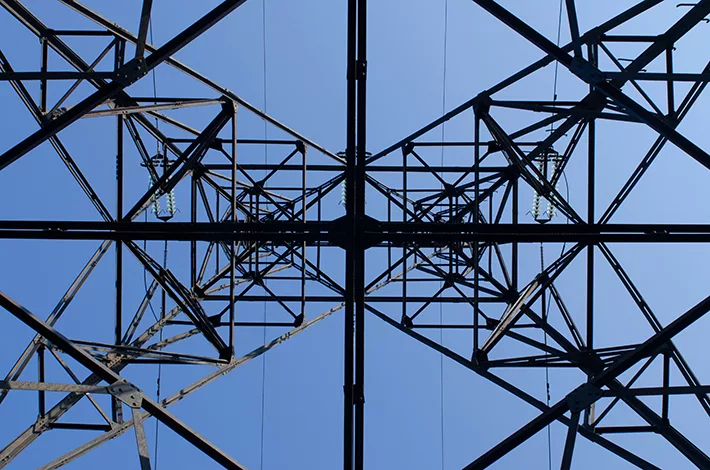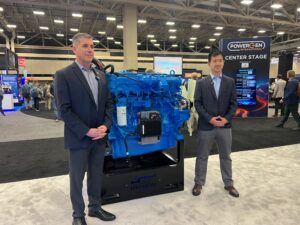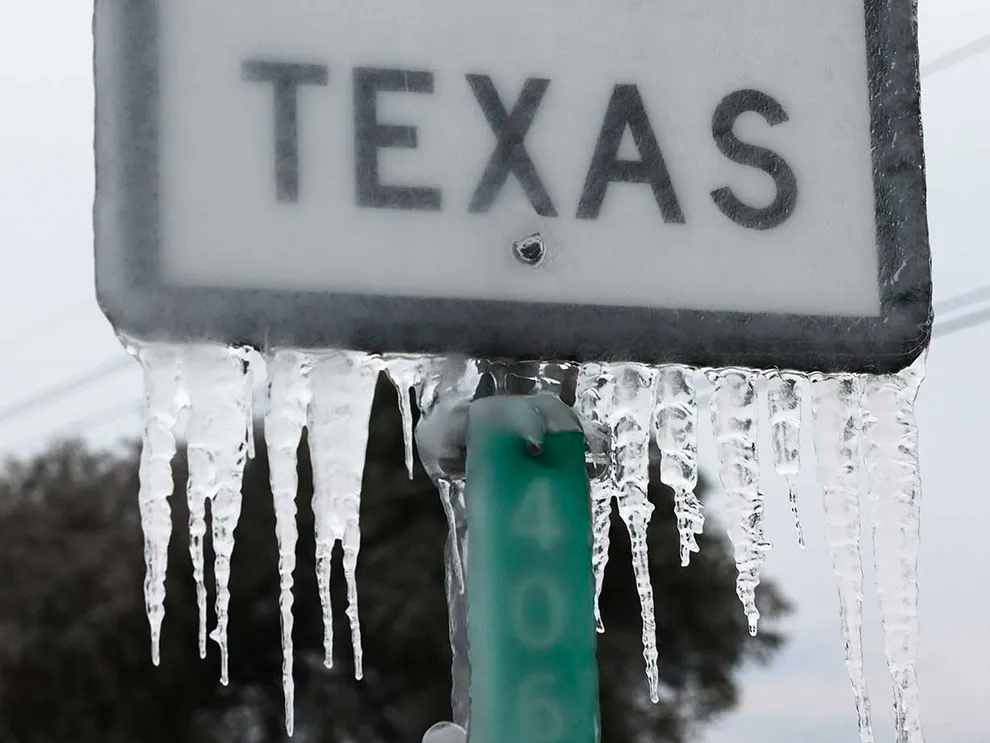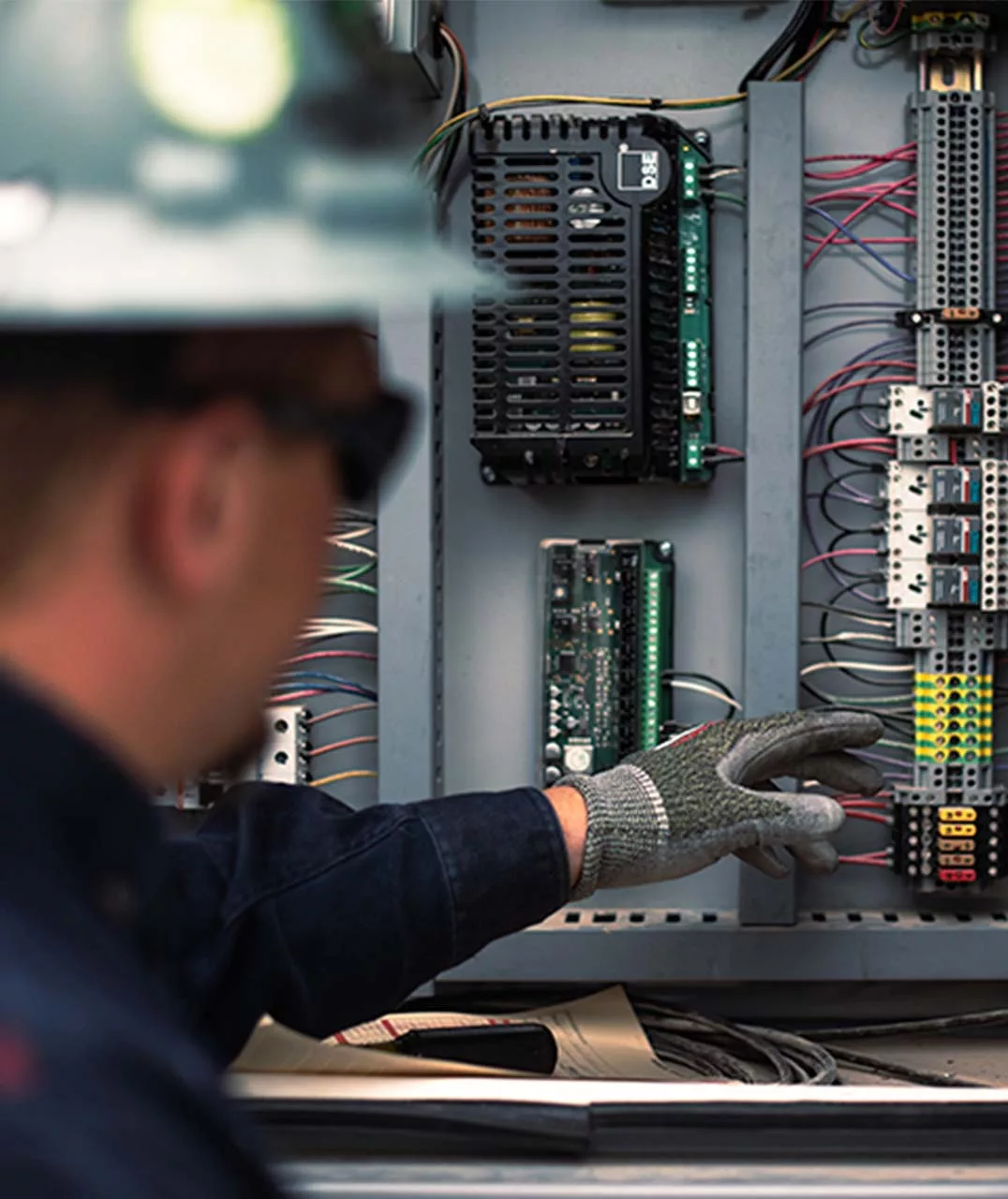Electricity flows through the modern world, driven by a fundamental question at the heart of this intricate system: Should electricity markets be regulated or deregulated? This question shapes how we produce, distribute, and price energy, forming a central debate in the electrical landscape. In this blog post, we’ll investigate the dynamic interplay between regulated and deregulated markets, exploring their advantages, and challenges. By illuminating these key aspects, we aim to offer a comprehensive overview of this pivotal choice that underpins the electricity grid’s operation. Previously, we looked at a basic overview of how the electric grid works in this blog post. Below, we’ll dive into the question about market regulation.
Deregulated Markets: Fostering Competition and Innovation
In deregulated markets, consumers gain the freedom to select their energy suppliers. This competition spurs innovation, fosters cleaner energy solutions, and offers competitive pricing to attract and retain customers. No longer confined to a one-size-fits-all model, consumers can now choose energy plans aligning with their preferences—whether those preferences involve renewable sources, fixed rates, or tailored services.
- Market Competition: Deregulated markets empower consumers with the freedom to choose their energy suppliers. This newfound competition compels companies to innovate, develop cleaner energy solutions, and offer competitive pricing to attract and retain customers. Consumers are no longer confined to a one-size-fits-all model; they can select energy plans that align with their preferences, whether those involve renewable sources, fixed rates, or tailored services.
- Innovation and Technological Advancements: Deregulation encourages a surge in technological advancements. With various entities vying for market share, innovation becomes a competitive advantage. From smart grids that optimize energy distribution to home solar panels that allow consumers to generate their own electricity, deregulation acts as a catalyst for the development of cutting-edge solutions that reshape the energy landscape.
- Price Dynamics: Proponents of deregulated markets argue that competition drives down prices by eliminating monopolistic pricing Consumers can compare rates and choose the most economical option, effectively curbing the potential for price gouging that might occur in a regulated market. This transparency and choice empower individuals and businesses to make informed decisions about their energy consumption.

Regulated Markets: Ensuring Stability and Reliability
On the other side of the spectrum, regulated markets prioritize stability and long-term planning over immediate competition. In these markets, government agencies play a pivotal role in overseeing and controlling various aspects of the electricity industry to ensure consistent service provision and system reliability.
- Infrastructure Development and Planning: Regulated markets offer a controlled environment where utilities are granted exclusive rights to operate within designated territories. This exclusivity enables long-term infrastructure planning, which is crucial for maintaining a reliable and resilient grid. Utilities are incentivized to invest in infrastructure upgrades and maintenance to meet growing demand and ensure uninterrupted power supply.
- Price Predictability: A regulated market aims to provide price predictability and affordability. Government agencies set pricing structures, often based on factors like cost of production, infrastructure investment, and desired profit margins. While this may limit immediate price fluctuations, it can also slow down the adoption of new technologies and discourage innovation due to a lack of competitive pressure.
- Universal Service Obligation: Regulated markets often prioritize the concept of a universal service obligation, where utilities are mandated to provide electricity access to all residents, including those in remote or economically disadvantaged areas. This ensures that essential services are extended to all corners of society, promoting social equity and inclusivity.
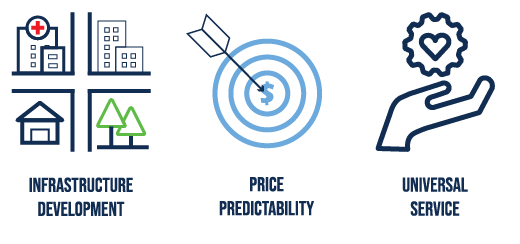
Balancing Act: Navigating Challenges and Hybrid Models
The deregulated vs. regulated debate is far from a clear-cut choice, and both models present their own set of challenges. Deregulated markets, while promoting competition, might lead to potential market manipulation, lack of investment in long-term infrastructure, and consumer confusion due to an overwhelming number of options. On the other hand, regulated markets could stifle innovation, discourage cost-efficiency, and limit consumer choice.
In response to these challenges, it may work to adopt hybrid models, combining elements of both approaches. For instance, a region might maintain regulated distribution while allowing deregulated competition at the generation and retail levels. This hybrid strategy aims to strike a balance between stability and innovation, leveraging the strengths of both models while mitigating their weaknesses.
Conclusion
As the US electric grid evolves to meet the demands of a rapidly changing world, the choice between regulated and deregulated markets remains a crucial decision. Deregulation sparks innovation, drives competition, and empowers consumers to shape their energy consumption. On the other hand, regulated markets ensure stability, reliability, and essential service provision. The ongoing evolution of the electrical landscape could see the emergence of hybrid models that draw from the strengths of both approaches. Ultimately, the path chosen will shape not only the way we power our lives but also the trajectory of the energy industry’s future. In this dynamic interplay between regulation and deregulation, the quest for an optimal equilibrium continues to pave the way toward a sustainable and efficient energy future.
*Come back next week to learn about the different Independent System Operators (ISOs) and Regional Transmission Operators (RTOs) that operate in the US electrical space.
